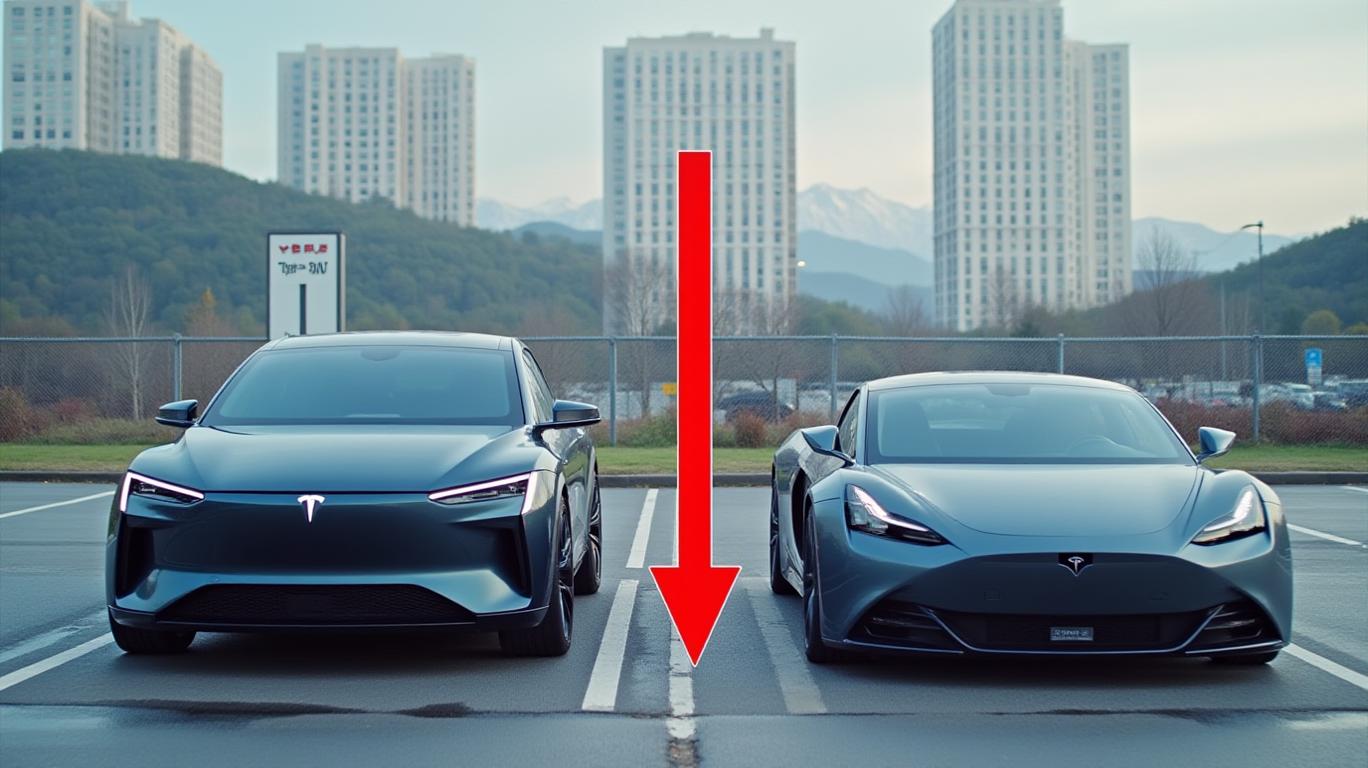TomTom's Revenue Drop: A Navigational Challenge in the Automotive Market
Tuesday, Feb 4, 2025 1:37 am ET
As the global automotive industry grapples with market concerns, navigation specialist TomTom NV (TOM2.AS) finds itself in a challenging position. The company recently reported a 2% year-over-year decline in group revenue for the third quarter of 2024, totaling €141 million. This dip in revenue can be attributed to several factors within the automotive industry, which have contributed to TomTom's current situation.

The global automotive industry slowdown has significantly impacted TomTom's automotive business. This slowdown is evident in the decrease in car production volumes and new car sales. For instance, EU new car sales fell by 18.3% in August 2022, reaching a three-year low (Amsterdam, 3 February 2023 | TOM2). This decline in demand for new vehicles has directly affected TomTom's automotive revenue, as the company's products are primarily targeted at the automotive sector.
Delays in the launch of new car models have also contributed to the decline in TomTom's automotive revenue. The delayed launch of new car models has resulted in a decrease in the demand for TomTom's navigation systems, as these systems are often integrated into new vehicles. This delay in the launch of new car models has put pressure on TomTom's automotive business, as the company relies on these new models to drive revenue growth.
Price pressure from original equipment manufacturers (OEMs), particularly in the electric vehicle (EV) sector, has also impacted TomTom's revenue. While Harold Goddijn, CEO of TomTom, acknowledges this price pressure, he notes that the increasing integration of maps into vehicle functions, especially for EVs, commands higher value, mitigating concerns about price pressure (Q&A Highlights, October 11, 2024). However, this price pressure has contributed to the decline in TomTom's automotive revenue, as the company struggles to maintain its market share in the face of intense competition.
Despite these challenges, TomTom remains optimistic about the future of the automotive industry. The company anticipates that around 2026-2027, a new generation of automation in mainstream brands will require more advanced maps, leading to increased revenue (Q&A Highlights, October 11, 2024). This suggests that TomTom expects the automotive industry to recover and grow in the coming years, potentially offsetting the current market weaknesses.

In conclusion, TomTom's 2024 revenue drop can be attributed to several factors within the automotive industry, including the global automotive industry slowdown, delays in the launch of new car models, and price pressure from OEMs. However, the company remains optimistic about the future of the automotive industry and expects to capitalize on future growth opportunities as the market recovers. Investors should closely monitor TomTom's progress and consider the company's strategic focus on advanced mapping technologies and partnerships with major tech companies as it navigates the challenges and opportunities in the automotive and enterprise sectors.










